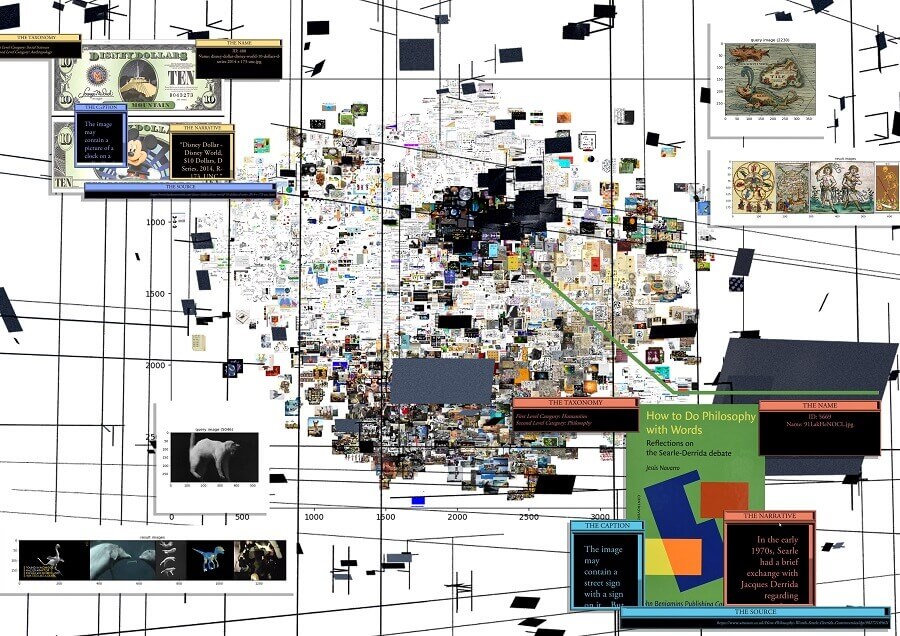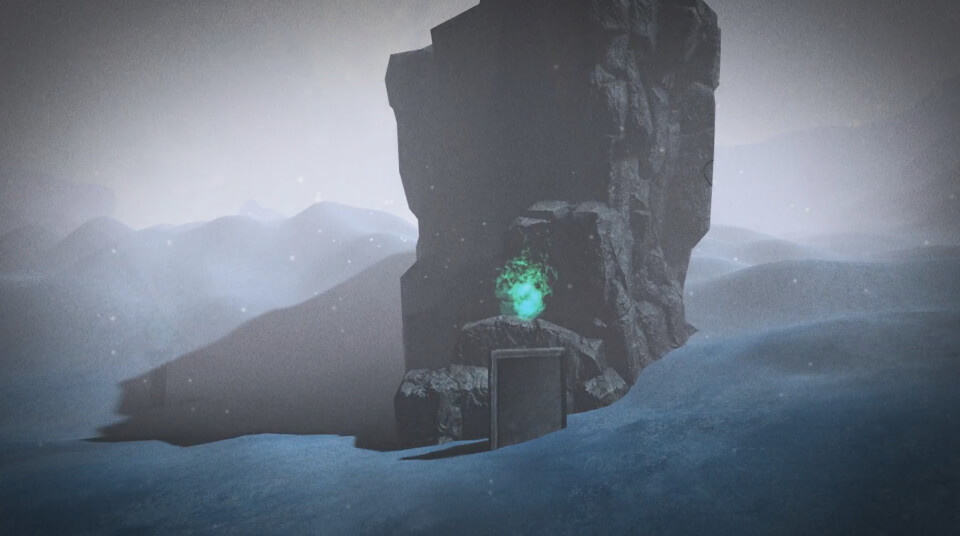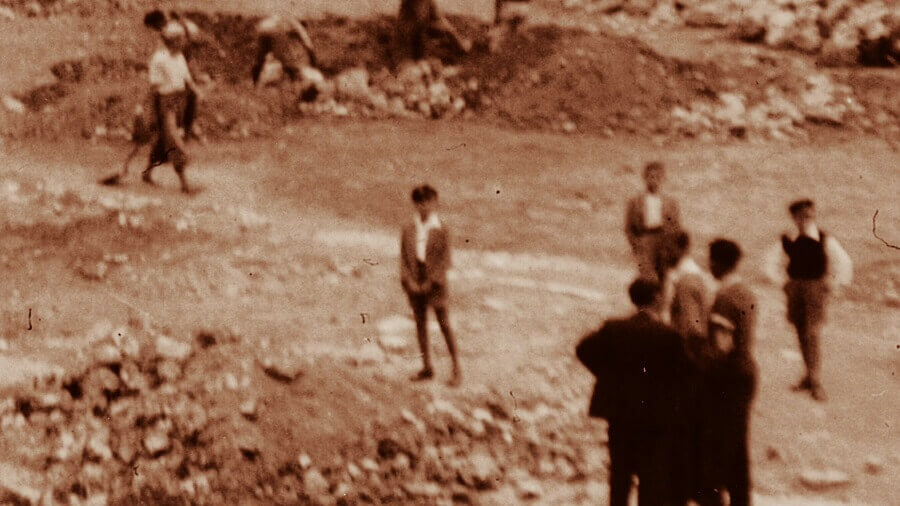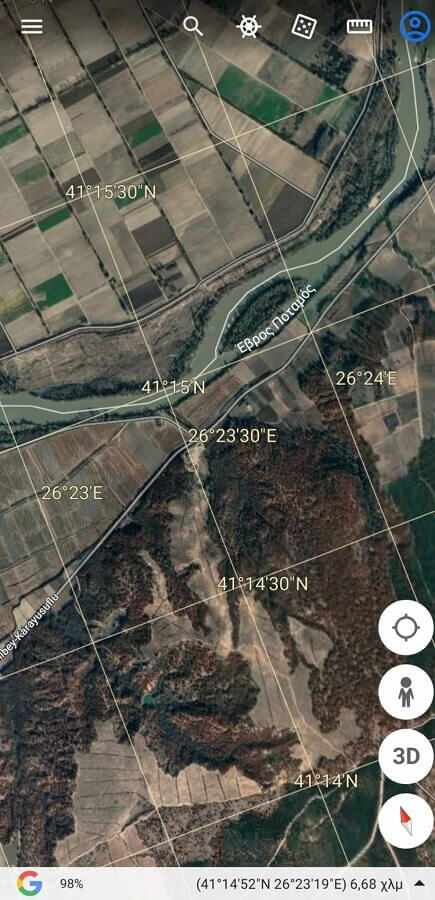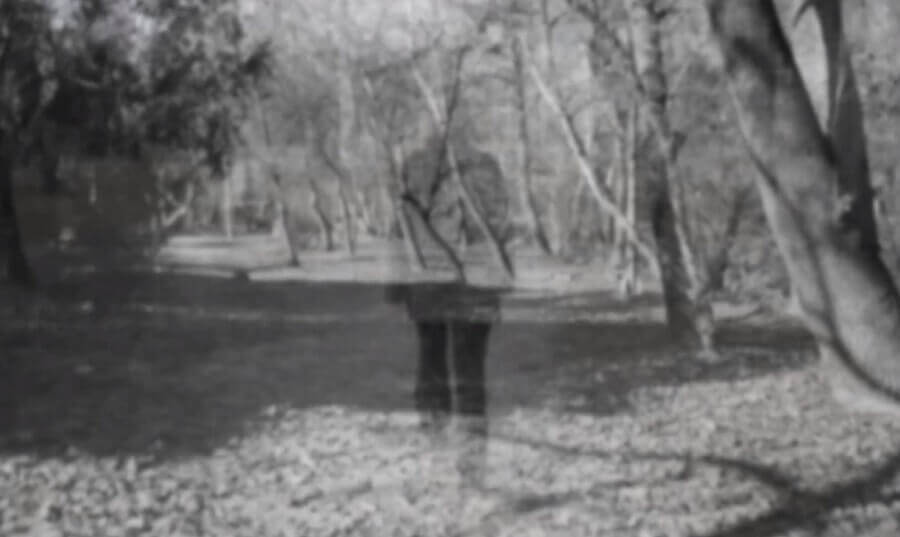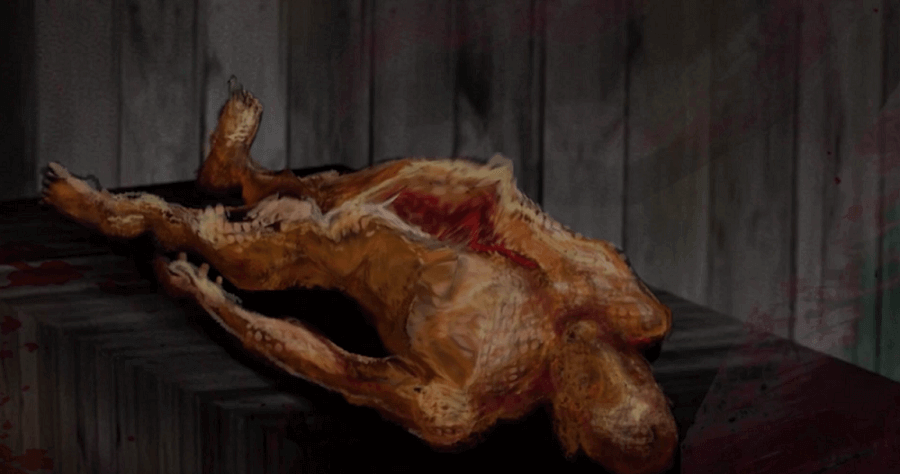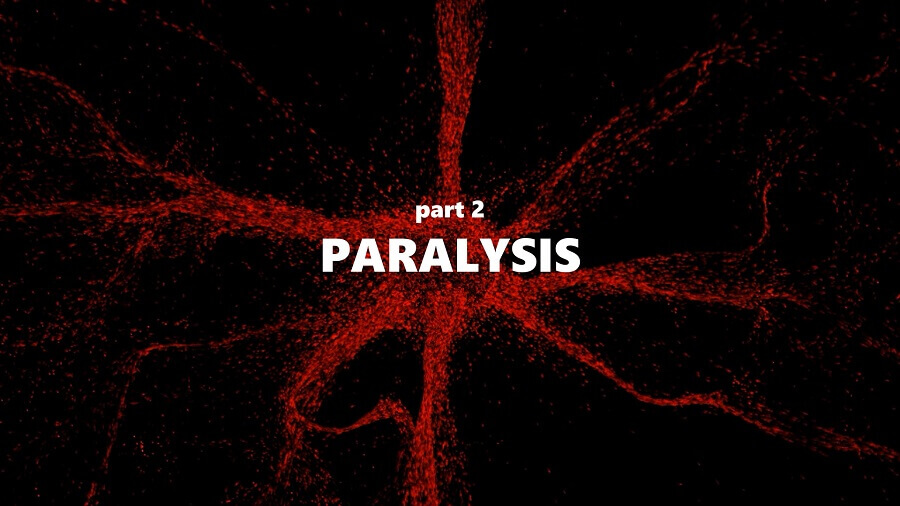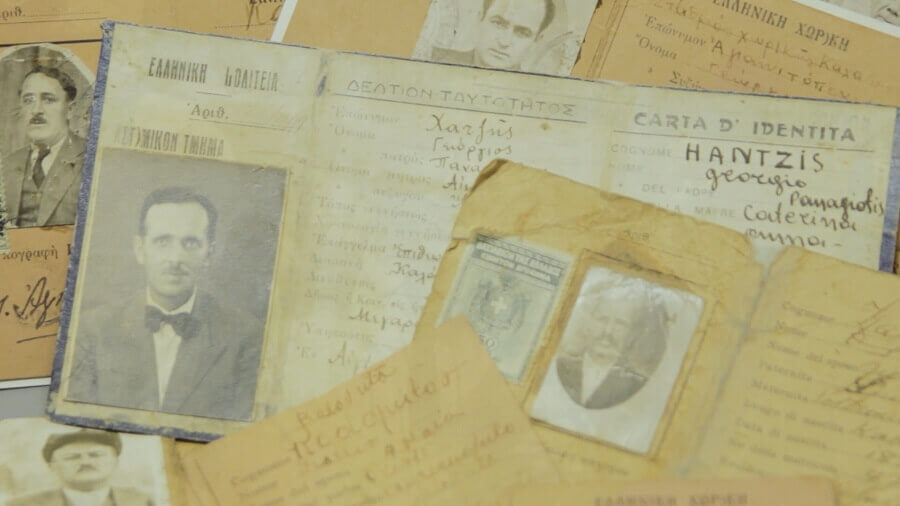The chained elephant

The project is the animation of the fairy tale "The chained elephant". "The Chained Elephant" is one of the stories of psychiatrist Jorge Bukay from his book "Let me tell you a story" which he tells to his client. It refers to a child' s question who notices that a huge circus elephant remains tied to a small stick without trying to free itself and without protesting. The circus elephant remained tied to his tiny stick because "the memory of the weakness he felt shortly after his birth is etched in his memory."
Direction and animation: Papa Alkistis, Music and composition: Nicky Kokkoli, Sound engineer: Chrysanthi Matsagka
Related Works
The current project is a digital, interactive, audiovisual application that can be used either as a virtual installation accompanied by a simultaneous projection of its content in the physical space or be distributed as an executable digital medium on any computer, compatible with its technical specifications. It examines the flow of information, its creation, collection, storage, interpretation and utilization through perceptual mechanisms that mutate -enhance or degrade- with the available tools of digital reality and its transformation from a sequence of serial, adjacent and referential values to one unified context, what is usually interpreted as meaning or significance. The participants of this reality are called upon to engage at the degree of signification that expresses them better, ranging from a purely perceptual and empirical viewing to a frantic clarification of everything included.
Audiovisual work about postmortem punishment as it is depicted in the cultural conscience of the western world, using atmosphere as a narrative tool.
The project composes a series of random artifacts relating to art and design history, used either ας decorative or utilitarian artifacts, turning them into a non-definitive object [bouquet] floating in space.
A documentary about Lazaretto, the desert islet near the city of Corfu that functioned for centuries as a quarantine station as well as a place of execution for political prisoners during the Greek Civil War. The identity of the place is approached through fragmentary testimonies and original sources.
Α video art piece with performance and art installation elements in public space.
I closed my eyes and images began to flood my mind while hearing a sound. After many visualizations of the images into drawings I chose this narrative.
I chose to emphasize the vortex I was feeling.
It was a spontaneous way to record what I experienced.
Each person through his own sensors experiences the ambience of each condition. It all depends on the self, the internal, the mind, the way of perception, action, perspective.
So my own images, were born from my mind for my mind.
Maybe it is paranoia of the mind and one can emigrate it.
This is the most difficult,
the deconstruction of atmospheres - experiences - memories that contain emotion.
Because emotional paranoias are shadows nourished by repetition and persistence.
They dance as if they are Erinyes of the mind and the body gets to be an eradicated observer.
The audiovisual work "Paralysis by Analysis" presents a combined experience that unfolds in two chapters of two and three dimensions respectively.
It’s Monday, the 13th of December 1943, the small town of Kalavryta is set on fire by the occupation army of Nazi Germany while the entire male population is being gathered on a nearby hill and shot dead. This war crime will go down in history, along with the massacre of Acqui Division, as the largest mass killing in Greece during WWII. Three men who witnessed these events as kids, locked up with the rest women, children and elderly people in Kalavryta’s primary school, recall this traumatic experience.
